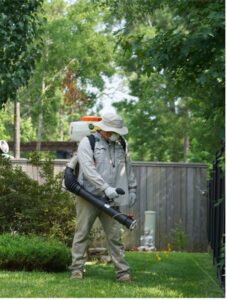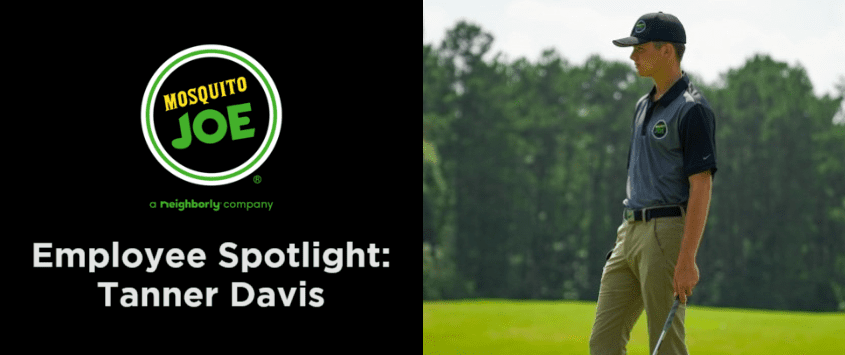Employee Spotlight: Jill Thomas
 Well, hello! My family and I have had quite the journey over the last couple of years – I am originally from Washington state (born and raised!). In 2022, we decided to move to central Texas. We landed in Austin and stayed there for a year, as we explored the rest of the state of Texas and took some time to decide where we wanted to plant some roots. We first fell in love with the Montgomery area as the lush green landscape reminded us of WA, and we loved that we’re much closer to the coast. My husband and I have been married almost 10 years! I am a mom to three incredible girls, a dopey Great Dane pup and a purrrrfect Calico cat.
Well, hello! My family and I have had quite the journey over the last couple of years – I am originally from Washington state (born and raised!). In 2022, we decided to move to central Texas. We landed in Austin and stayed there for a year, as we explored the rest of the state of Texas and took some time to decide where we wanted to plant some roots. We first fell in love with the Montgomery area as the lush green landscape reminded us of WA, and we loved that we’re much closer to the coast. My husband and I have been married almost 10 years! I am a mom to three incredible girls, a dopey Great Dane pup and a purrrrfect Calico cat.
What made you want to work at Mosquito Joe of NW Houston & S Brazos?
Honestly, I never imagined I would work at a pest control company. My past work experience is mainly in a medical office! However, I met with Kate and Paul, and really enjoyed them both. I knew I would be happy working with them, even if it wasn’t a medical office!
What’s one word to describe your short time at Mosquito Joe?
Learning!
Fun fact about you?
I have double-jointed thumbs – also, I hate (fear) bugs! Isn’t that ironic?
Do you have any hobbies?
I do! I love to paint, it’s something my kids and I do a lot together. I am teaching myself how to play piano because I love to sing! I really enjoy writing and reading as well.
What are some of the most common misconceptions you had about mosquitoes before joining Mosquito Joe?
I had no idea how rapidly they produce; such a small amount of water can lead to a very large mosquito problem. I also thought ALL mosquitoes bite – but it’s just the females!
What is a typical day at Mosquito Joe like?
After I’ve had a few sips of coffee, I check emails, respond to texts, answer phones, build quotes, schedule services, route technicians, and create fun/educational social media content!
What’s your best piece of advice for someone wanting to control mosquitoes in their yard?
Eliminate any sources of standing water! Flowerpots, kids’ toys, tires, bird baths, wheelbarrows – anything that can hold water. Those pesky things will lay hundreds to thousands of eggs in your yard, and you won’t know about it until it feels like it’s too late. Luckily, you know you can call Mosquito Joe at 281-815-0228!
 Outside is fun again.
Outside is fun again.










